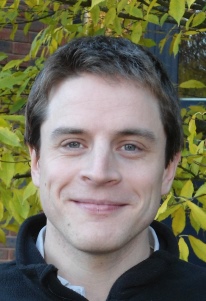 |
By Dr. Rob Thompson (University of Reading) 29th July 2014 |
A month ago the SINATRA and FRANC projects had a combined meeting in Reading, all set to discuss integration and the future of the FFIR project. The day started with some talks about the more basic aspects of the projects, intended to get the audience up to speed, a way to place the various elements of FRANC and SINATRA into context. I talked about the weather aspects of intense rainfall, focusing on convection (exactly the sort of thing we’ve seen in the last few weeks in the UK) and then moved onto the current state of operational radar meteorology in the UK. Sue Ballard told us about the state of modelling of convection in particular and the importance and current science of the data assimilation scheme. This was followed by Chris Skinner on Morphodynamic hydrology models… certainly a learning curve for me there and finally Slobodan Djordjevic telling us about state of the art urban flood forecasting – some of those resolutions seem amazing.
Then it was poster time over coffee. Each work task in the 2 projects had a poster, to explain the project to the other members, this is of course vital for integration – we need to know what each other do to be able to see how the tasks fit together. On a person note this was my chance to see what work will benefit from the radar improvements we are working on, of course the answer is most, but some certainly seem more direct and important. The poster session certainly got people talking and interacting, the first step towards integrating.
 Breakout sessions followed spread around lunch. The sessions were certainly fast paced, but certainly got the participants discussing integration and the future of FFIR. The reports from the different groups showed that there was much data sharing and knowledge to exchange during FFIR and we hope that this meeting will be the catalyst to get the integration of the projects really going, and lead to thoughts for further integration as the FFIR project continues.
Breakout sessions followed spread around lunch. The sessions were certainly fast paced, but certainly got the participants discussing integration and the future of FFIR. The reports from the different groups showed that there was much data sharing and knowledge to exchange during FFIR and we hope that this meeting will be the catalyst to get the integration of the projects really going, and lead to thoughts for further integration as the FFIR project continues.

